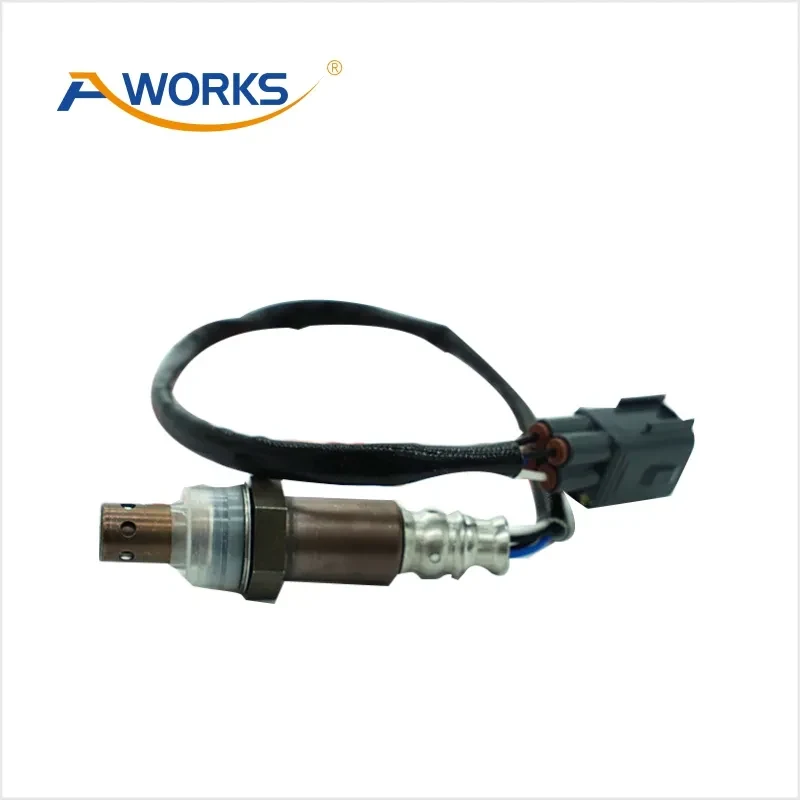The Evolution and Future Trends of Automotive Sensors
2024-07-31
Introduction
The automotive industry has seen significant technological advancements over the past few decades, with sensors playing a crucial role in this evolution. From basic functions to advanced driver-assistance systems (ADAS) and autonomous driving, sensors have become the backbone of modern vehicle technology. In this blog, we will explore the evolution of automotive sensors, current trends, and what the future holds for this essential technology.
The Evolution of Automotive Sensors
1. Early Days:
- In the early days of automotive technology, sensors were simple and limited in functionality. Basic sensors like temperature and pressure sensors were used primarily for engine monitoring and control.
2. Introduction of Electronic Control Units (ECUs):
- With the advent of ECUs, the role of sensors expanded significantly. ECUs relied on data from various sensors to control engine functions, fuel injection, and ignition timing, leading to improved performance and fuel efficiency.
3. Emission Control and Safety:
- The introduction of stringent emission regulations in the 1970s and 1980s led to the development of more sophisticated sensors like oxygen sensors, which helped in reducing harmful emissions. Similarly, safety sensors for ABS and airbags became standard, enhancing vehicle safety.
4. Rise of ADAS:
- The 21st century saw the rise of ADAS, which relies heavily on sensors like radar, LiDAR, and cameras. These sensors enable features such as adaptive cruise control, lane-keeping assist, and automatic emergency braking, making driving safer and more convenient.

Current Trends in Automotive Sensors
1. Integration and Miniaturization:
- Modern sensors are becoming smaller, more integrated, and more efficient. This trend allows for more sensors to be placed in compact spaces, enhancing the vehicle's overall functionality without adding significant weight or cost.
2. Advanced Driver-Assistance Systems (ADAS):
- ADAS continues to evolve with sensors playing a key role. Advanced sensors provide real-time data for features like blind-spot detection, traffic sign recognition, and autonomous parking, making driving safer and more intuitive.
3. Vehicle-to-Everything (V2X) Communication:
- V2X communication is an emerging trend where vehicles communicate with each other and with infrastructure. Sensors play a critical role in this technology, providing data for real-time decision-making and improving traffic flow and safety.
4. Artificial Intelligence and Machine Learning:
- The integration of AI and machine learning with sensor data is revolutionizing the automotive industry. These technologies enable predictive maintenance, personalized driving experiences, and enhanced autonomous driving capabilities.
Future Trends in Automotive Sensors
1. Enhanced Autonomous Driving:
- The future of autonomous driving relies heavily on sensor technology. Advanced sensors with higher accuracy and better environmental perception will enable fully autonomous vehicles, reducing human intervention and improving safety.
2. More Robust and Resilient Sensors:
- Future sensors will be designed to withstand harsh environmental conditions and provide reliable performance. This includes enhanced durability, better resistance to interference, and improved performance in adverse weather conditions.
3. Increased Use of MEMS Sensors:
- Micro-Electro-Mechanical Systems (MEMS) sensors are becoming more prevalent due to their small size, low cost, and high reliability. These sensors will play a significant role in future automotive applications, including in-car monitoring and advanced driver assistance.
4. Integration with IoT:
- The integration of sensors with the Internet of Things (IoT) will provide seamless connectivity and data exchange between vehicles and external systems. This will enable new services such as remote diagnostics, over-the-air updates, and enhanced fleet management.
Challenges and Considerations
1. Data Privacy and Security:
- With the increasing amount of data generated by sensors, ensuring data privacy and security is a major challenge. Automotive manufacturers must implement robust security measures to protect sensitive information.
2. Cost and Complexity:
- As sensors become more advanced, the cost and complexity of integrating them into vehicles also increase. Balancing performance, cost, and complexity will be crucial for future developments.
3. Regulatory Compliance:
- Adhering to global regulatory standards for emissions, safety, and data protection is essential. Manufacturers must stay abreast of changing regulations to ensure compliance.
Conclusion
The evolution of automotive sensors has been instrumental in transforming the automotive industry. From basic engine monitoring to advanced autonomous driving, sensors have paved the way for safer, more efficient, and more connected vehicles. As technology continues to advance, sensors will remain at the forefront of automotive innovation, shaping the future of transportation. Understanding the trends and challenges in this field is crucial for staying ahead in the ever-evolving automotive landscape.


